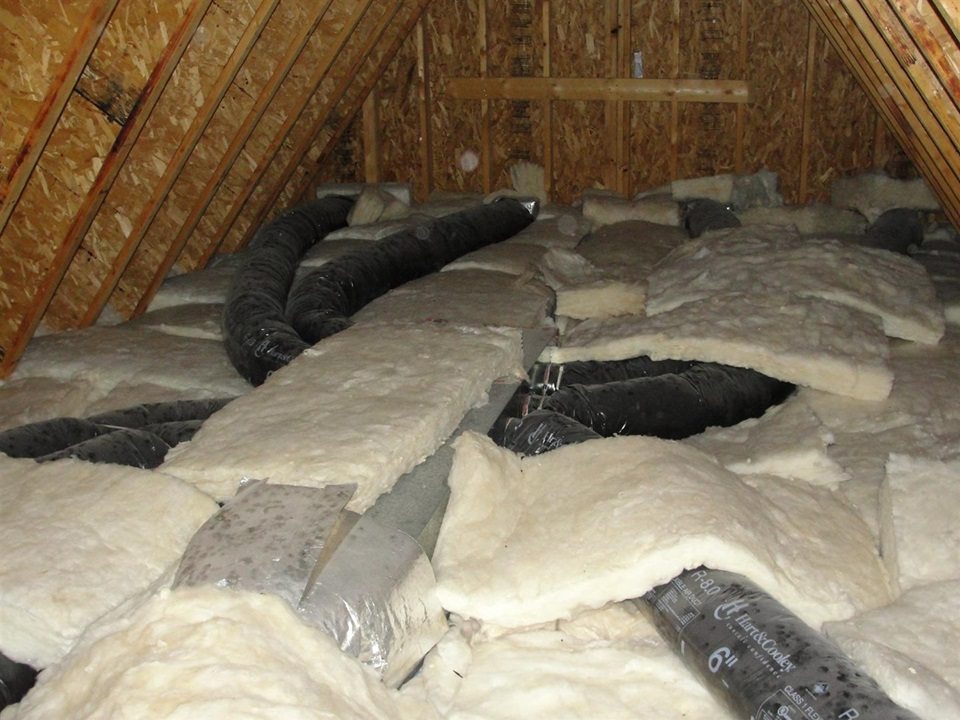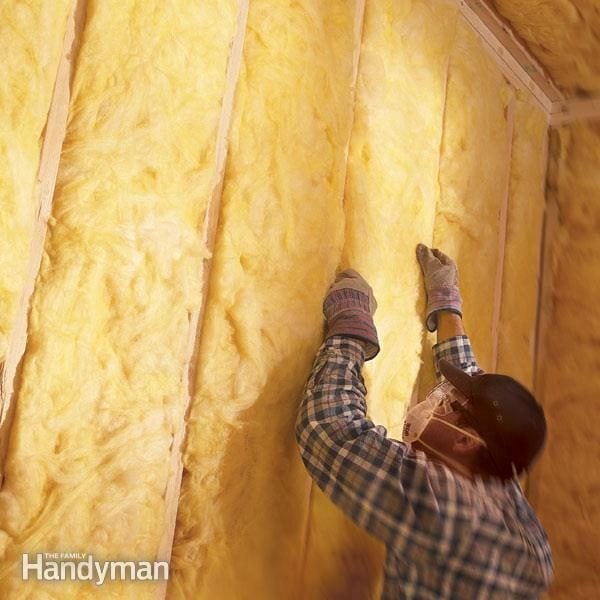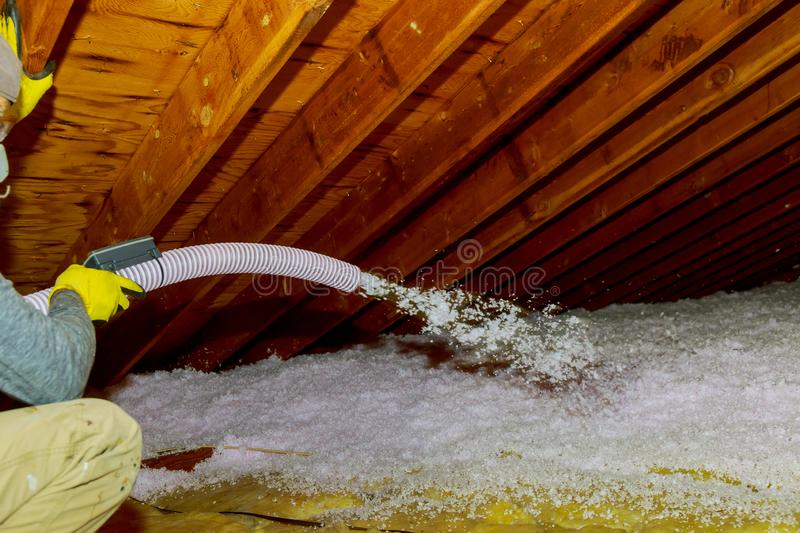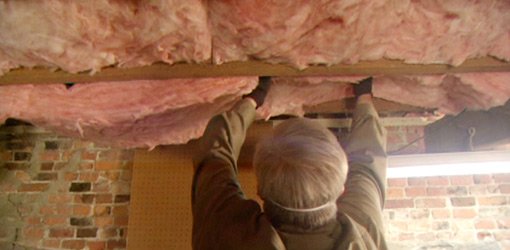The fiberglass batts in the wall above it extend past the bottom of the wall cavity and fit loosely into the cavity of the 2 12 floor joists hiding the fact that there is no insulation in that void.
Puttine fiberglass batts in attic.
If you use fiberglass over loose fill make sure the fiberglass batt has no paper or foil backing.
Cut fiberglass batts to fit tightly between floor joists.
Batts must be cut tightly and you can t have gaps.
You can install fiberglass batts yourself right over existing insulation but follow these precautions.
Either works but rolls are recommended to quickly cover the area in your attic which is important when just beginning to learn how to insulate your attic because it s easier and more accessible for beginners.
Wear a long sleeve shirt gloves eye protection and a dust mask.
Make sure you use an unfaced batt one without a paper or foil layer so the insulation does not trap moisture in the ceiling.
You can add loose fill on top of fiberglass batts or blankets and vice versa.
Diy fiberglass batts insulation.
You might spend many hours kneeling in your attic to achieve this same result with fiberglass batts.
Any existing batt or roll insulation in the attic should have the facing against the attic drywall floor or no facing at all.
As you will most likely find the attic floor will have joists running along it and both the vapor barrier and batt needs to be cut accordingly to fit in between these joists.
Lightly press the batt down between the joists.
In this video this old house general contractor tom silva shows affordable ways to create an energy efficient attic.
Batts fiberous rolls or sheets of owens corning fiberglass insulation installed between the ceiling joists in the attic are one of the most effective energy upgrades the average.
The first step in the insulation process involves cutting and laying onto the floor both the vapor barrier depending on climate and batt insulation.
Lay the batts across the ceiling joists covering the existing insulation.
When adding additional insulation you do not have to use the same type of insulation that currently exists in your attic.
Insulation should be rolled out perpendicular to the joists and unfaced rolls should be used.
Blown in fiberglass creates a seamless blanket in your attic.
It needs to be unfaced.
Lay the fiberglass batt between the joists with the paper vapor barrier facing down toward the heated space.
Most of insulation comes in rolls or precut fiberglass batts.



























